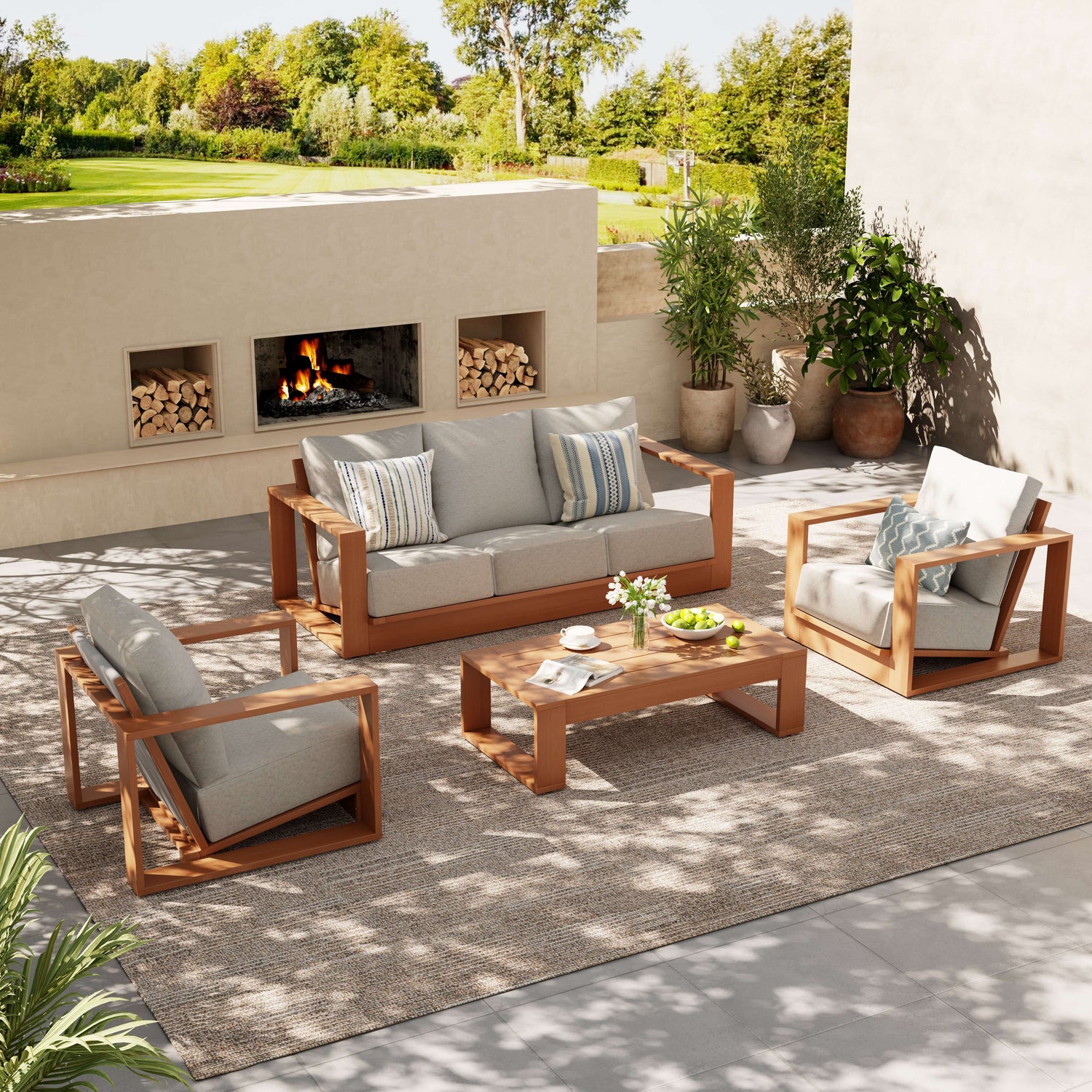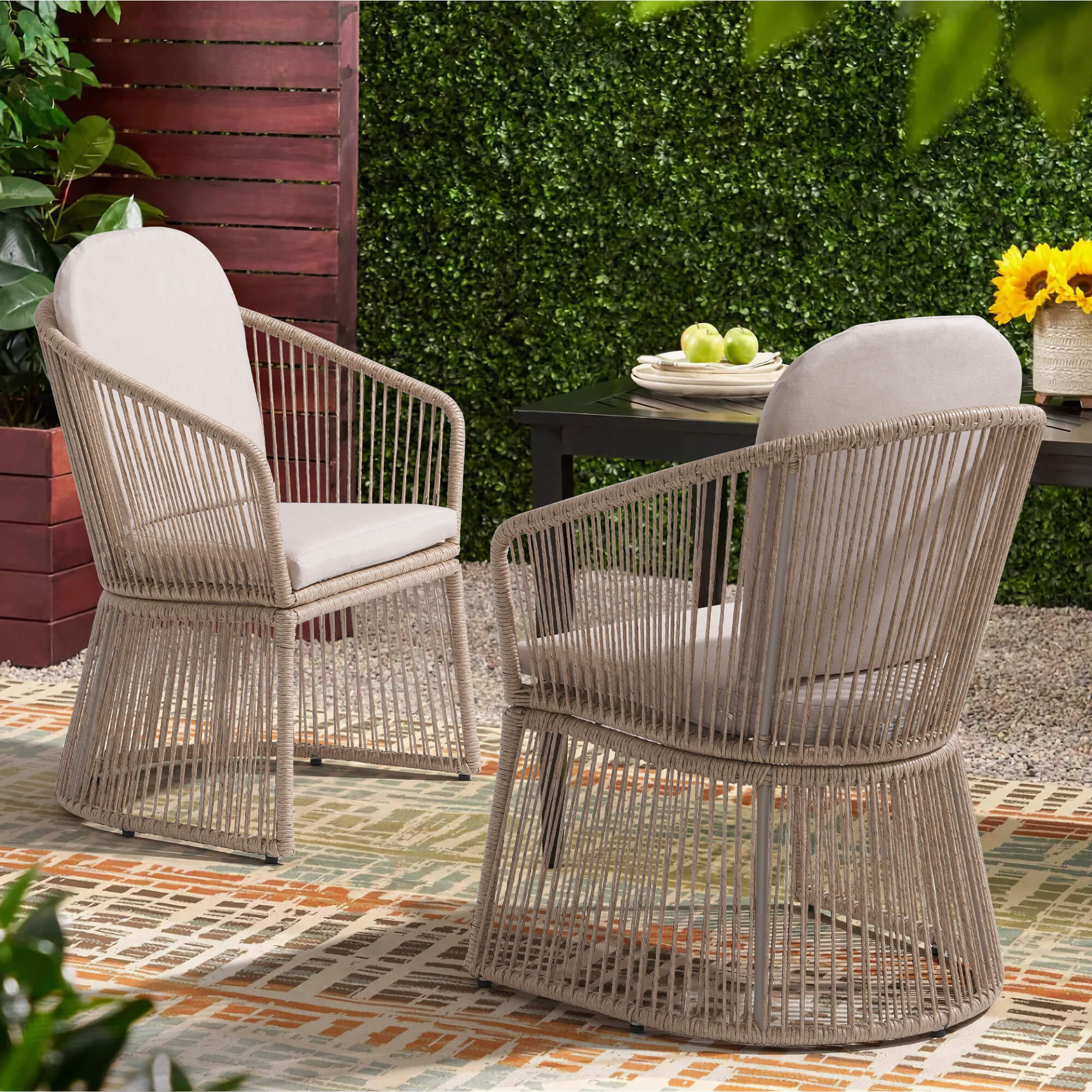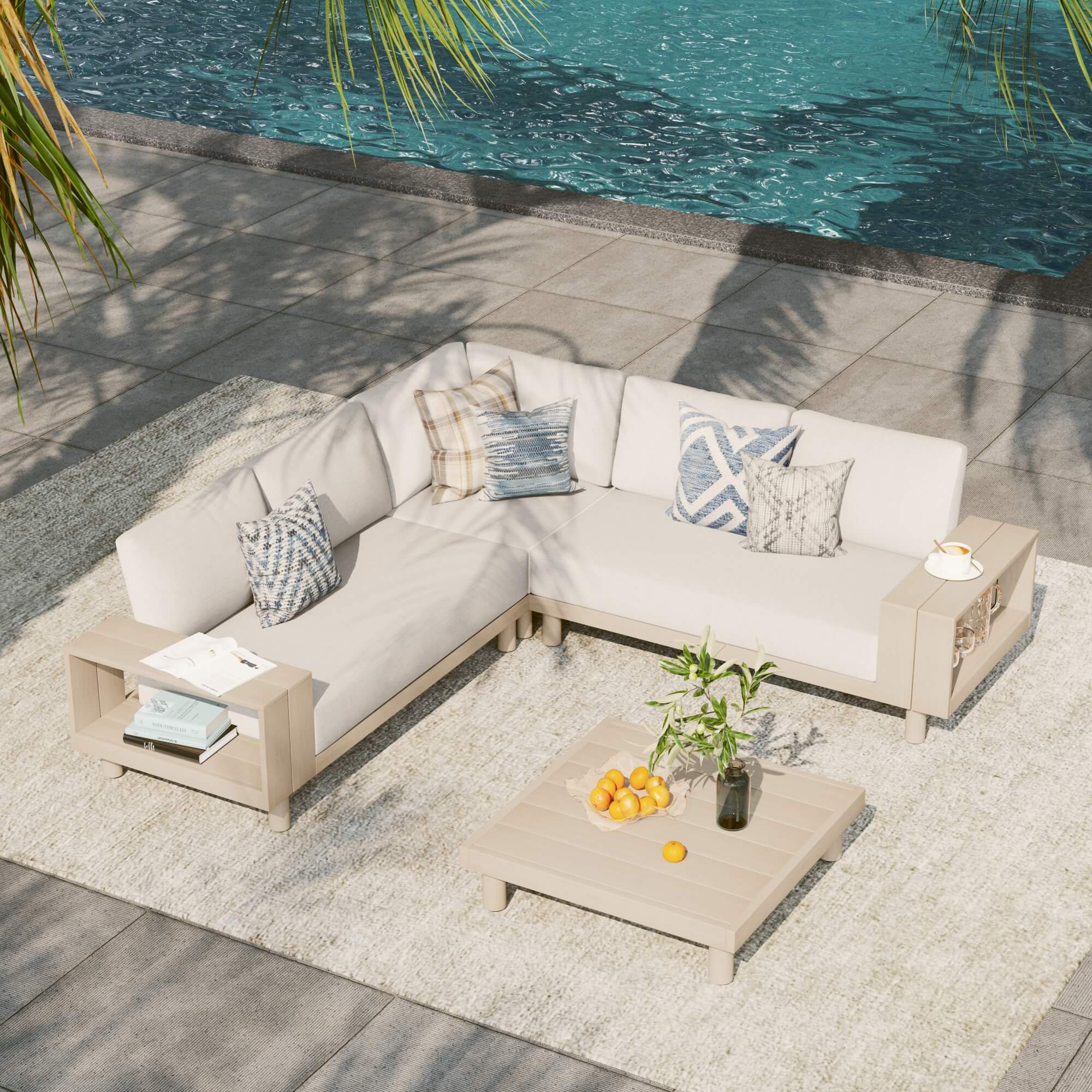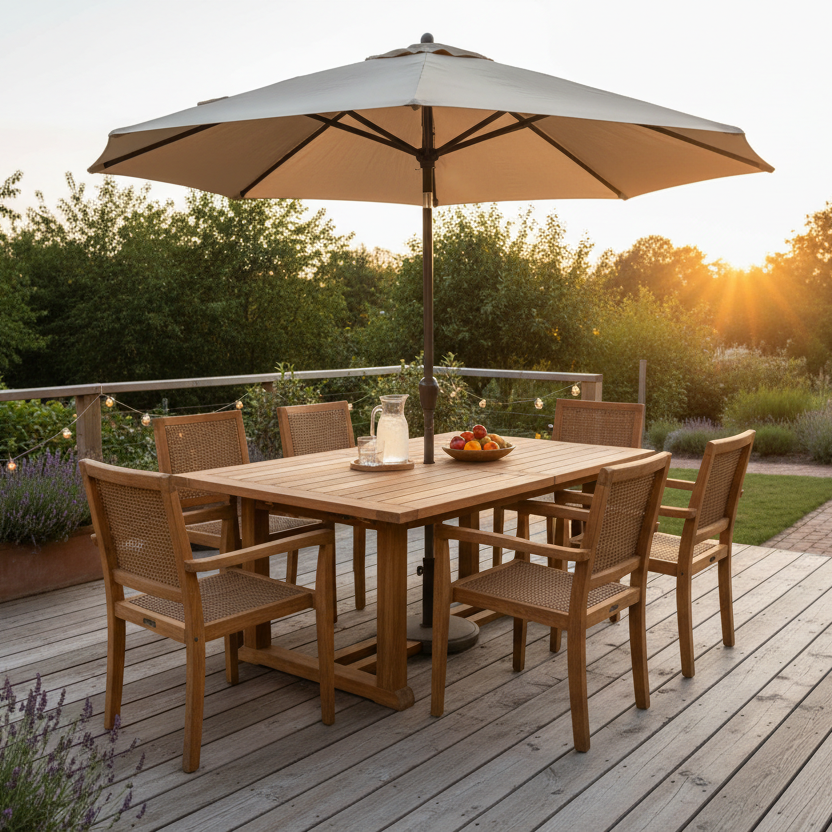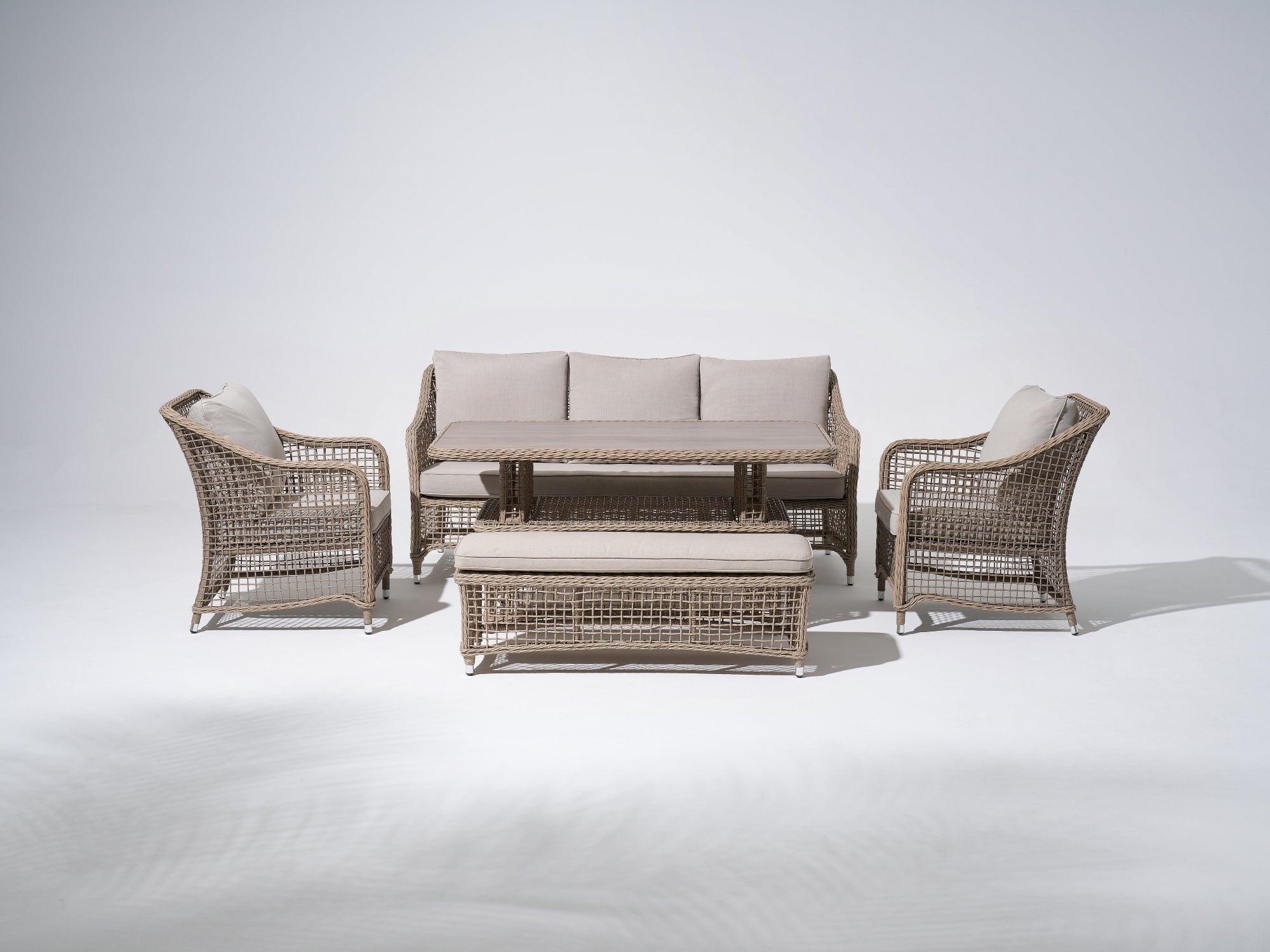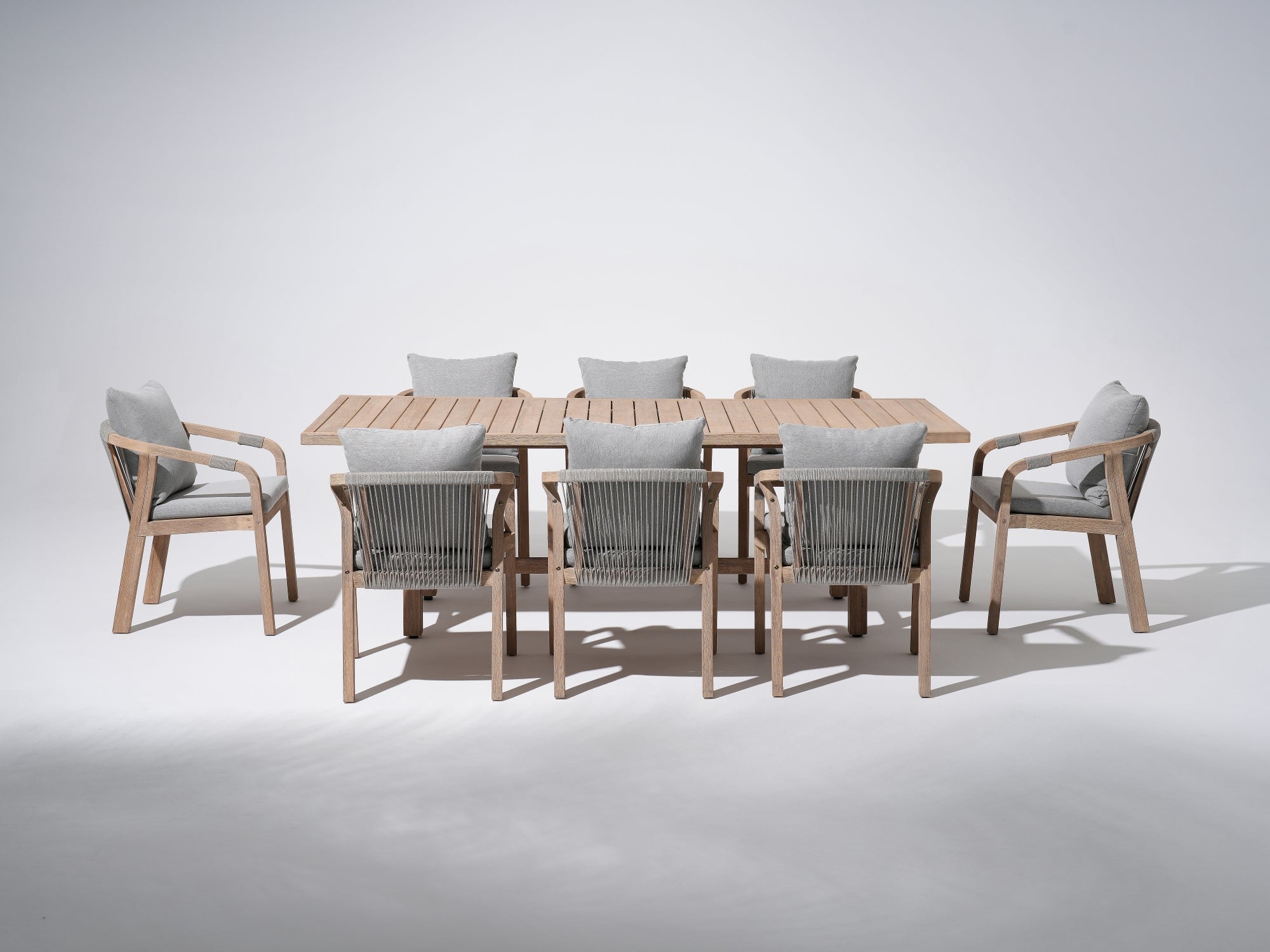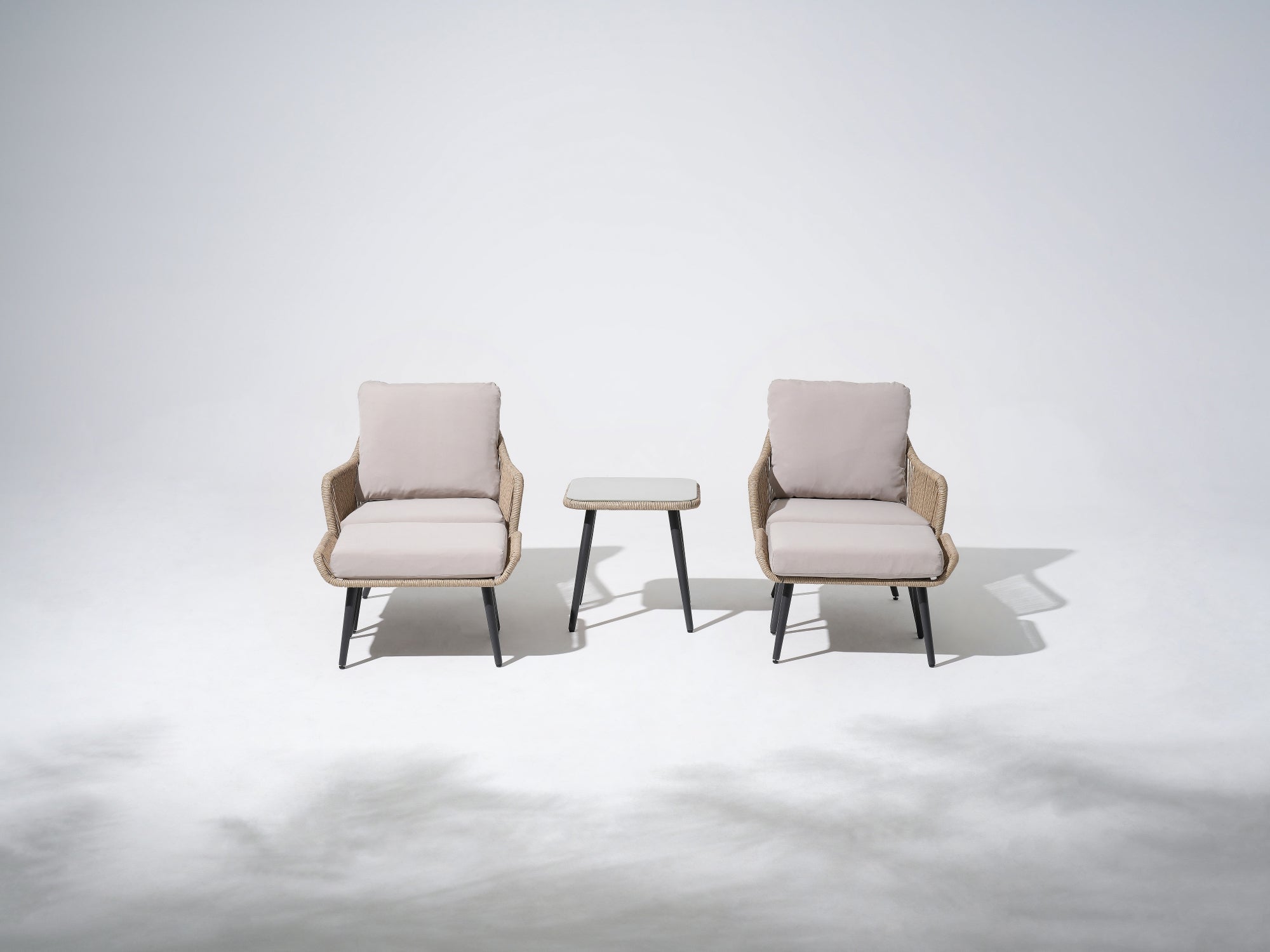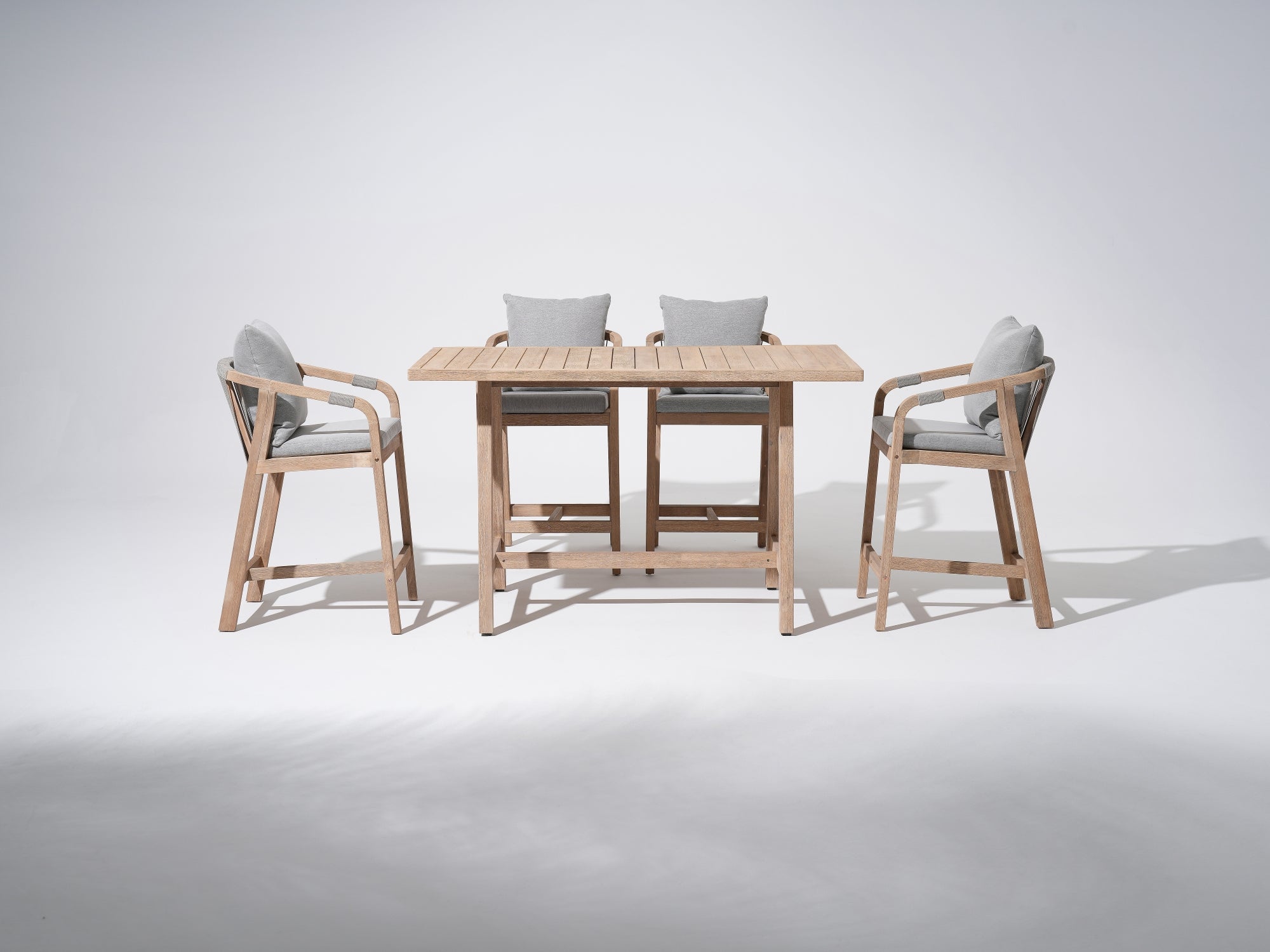Wooden furniture has long been a beloved choice for homeowners, and it’s easy to see why. Its natural beauty adds warmth to any space, while its unique texture brings a touch of elegance that synthetic materials simply can’t match. But when it comes to buying wooden furniture—whether for your living room or your backyard—navigating the endless options can feel overwhelming. From different wood types to varying construction methods, there’s a lot to consider to avoid overpaying or ending up with a piece that doesn’t stand the test of time. Let’s break down everything you need to know, starting with the key differences between indoor and outdoor wooden furniture.
Indoor Wooden Furniture: Know Your Materials to Avoid Cheap Alternatives

- Solid Wood: The gold standard for indoor furniture. Made from whole pieces of wood (like oak, maple, or walnut), solid wood is durable, ages beautifully, and can be refinished if it gets scratched or faded. However, it’s also more expensive, so be wary of “solid wood” claims that come with suspiciously low prices—always check the grain and weight (solid wood feels heavier than alternatives).

- Particle Board (or “Chipboard”): Made from wood chips glued together with resin, particle board is a budget-friendly option but far less durable. It’s prone to warping if exposed to moisture (even a spilled drink!) and can’t be refinished. If you’re buying particle board furniture, look for thick panels and edge banding (a protective layer around the edges) to extend its lifespan—but don’t expect it to last more than a few years.

- Pressed Wood (or “MDF”): Medium-Density Fiberboard (MDF) is made from finer wood fibers pressed with resin, making it smoother than particle board. It’s often used for furniture with painted finishes (since it holds paint well) but is still not as strong as solid wood. Like particle board, it’s vulnerable to moisture, so avoid using it in bathrooms or kitchens.

- Plywood: Often misunderstood as a “cheap substitute,” plywood is actually a versatile, mid-range material that balances durability and affordability. It’s made by gluing together thin layers (called “plies” or “veneers”) of real wood, with each layer’s grain running perpendicular to the one above it. This cross-grain construction makes plywood stronger than particle board or MDF, as it resists warping, cracking, and shrinking—even when exposed to minor moisture (though it’s still not waterproof).
Outdoor Wooden Furniture: Durability Is Non-Negotiable (Here’s What to Choose)

1. Teak: The “Gold Standard” of Outdoor Wood
2. Eucalyptus Wood: A High-Quality, Affordable Alternative
3. Acacia Wood: Stylish and Budget-Friendly
Beyond Wood Type: Other Factors That Affect Price (and Quality)

1. Wood Thickness

2. Design Complexity
3. Material Combinations

- Wood + Rope: Rope (usually synthetic) adds a casual, coastal vibe and is resistant to fading. Great for outdoor chairs or indoor accent pieces.

- Wood + Wicker: Wicker (often polyethylene, which is weatherproof) pairs beautifully with wood for a timeless look. Outdoor wicker-wood sets are lightweight and easy to maintain.

- Wood + Aluminum: Aluminum frames add strength without adding weight, making furniture easier to move. This combination is perfect for outdoor dining sets, as aluminum resists rust.
Final Tips to Avoid Getting Ripped Off
- Do your research: Before shopping, learn the average price of the wood type you want (e.g., teak vs. acacia, solid wood vs. plywood). If a price seems too good to be true, it probably is.
- Check the construction: For outdoor furniture, look for mortise-and-tenon joints (stronger than screws or nails) and sealed edges. For indoor furniture, open drawers to check for smooth glides and solid bottoms—if a piece uses plywood, ensure the edges are banded (to prevent splitting) and the veneer is free of bubbles.
- Ask about warranties: Reputable brands offer warranties. Amazon stores typically only offer a 1-year warranty for their furniture, and some don’t provide any warranty at all. In contrast, independent brand websites often offer much longer warranty periods. For instance, Jardina provides an extensive 5-year warranty, as detailed on its official page: https://jardina.com/pages/warranty. A lack of warranty is a red flag.
- Shop from trusted sellers: Avoid big-box stores that sell low-quality composite furniture as “wooden.” Instead, shop from specialty furniture stores or online retailers with positive reviews—they’re more likely to clarify material types upfront. Specializing exclusively in outdoor furniture, Jardina has over 20 years of experience in the outdoor furniture industry. It owns its independent manufacturing facility, boasting rich expertise in crafting outdoor furniture. Moreover, the brand updates its product lines annually, with each new generation featuring even better quality than the previous one. Therefore, it is advisable to avoid purchasing furniture from general "dollar-store" style retailers or middlemen. Choosing a professional, established brand like Jardina ensures better product quality and more reliable after-sales support.


